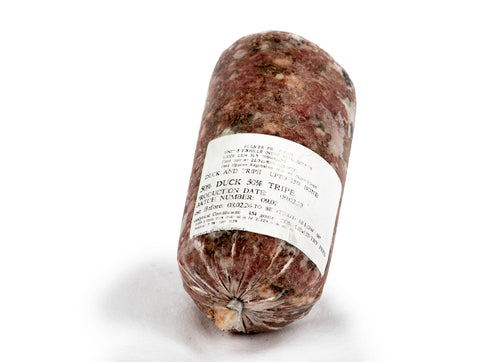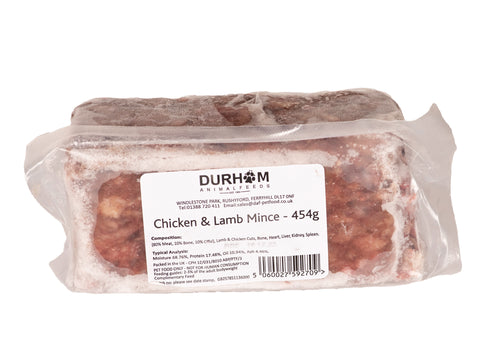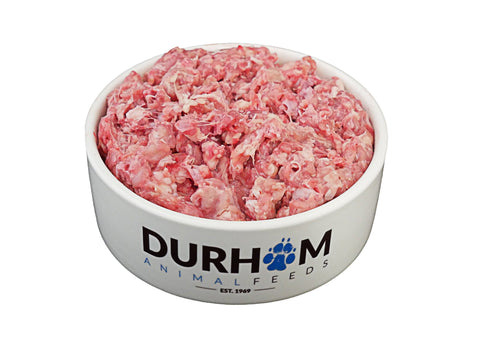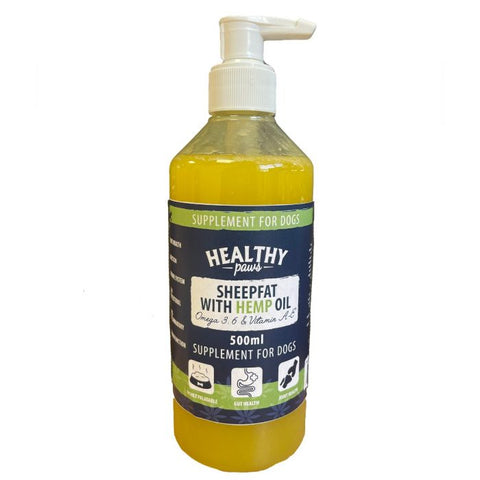Chequered Garter Snake Care Sheet

Description
The pattern of garter snakes varies little between species, it consists of 1,2 or 3 longitudinal stripes on the back. In between these strips are rows with blotchy spots.
Their range is huge, all the way from Central America to Alaska, and they live in a variety of habitats, from dry to wet regions. The more northern species hibernate in huge groups containing hundreds of snakes.
The Chequered Garter Snake is typically green in color, with a distinct, black checkerboard pattern down its back. It is capable of growing to lengths of 42 inches, but 28 inches is closer to average. These are also seen in an albino form.
Housing
Garter Snakes can be housed in either glass or wooden vivariums. Always remember to shut the doors properly as snakes are the best escape artists! (The use of a viv lock can help to remind you to close the doors properly). A wooden vivarium will offer more privacy as they only have a glass front, yet a glass viv is less likely to overheat. In my opinion there is no better option between the glass and wooden vivs, it all comes down to your personal preference!
For a hatchling snake we would recommend either a small hatchling tub, a faunarium or best yet the Komodo Snake Starter kit. This kit has everything you will need for your snake to start out. After approximately a year, you will need to upgrade to 2ft or 3ft vivarium, but bear in mind more room is always better and your vivarium will need to be at least two thirds the total length of your snake ie. 3ft snake – 2ft vivarium.
If young snakes are put into a large vivarium they often become stressed and refuse to feed.Garter snakes are very active, so once your snake is established a large vivarium will be appreciated.
Heating
Temperature is extremely important in reptile care as they cannot produce there own body heat, and need to be kept within a suitable range to help the body function correctly with digestion etc.
Garter snakes require a temperature gradient of 22C – 30C (71f-86f) So you would aim for 71f in the ‘cool end’ and 86f in the ‘hot end’ during in the day; the this can be achieved by using a heat mat and a basking light on thermostats mounted at one side of the vivarium to create a warm side – the ‘hot end’. At night the temperature should drop to around 16C to 20C (60f-68f).
It is very important to know what the temperature is, so check regularly with an accurate thermometer, digital thermometers tend to be the best and most accurate. Do not guess or take temperature by hand (if snake feels warm or cold)
Lighting
A simple 12 hour light cycle is ideal for Garter snakes, so have any lights on during the day, and off at night ie 8am -8pm. You can use a timer if you wish to ensure a proper routine. We would also recommend using a 2% UVB light with your snake, as this will help to more closely mimic their conditions in the wild, however this is not compulsary.
Water
It is important to provide your snake with fresh water every day, ideally in a bowl that is large enough for the snake to submerge in as these snakes are often found in bodies of water in the wild. If you choose to use a very large water bowl, be sure to check you have adequate ventilation to avoid developing respiratory or skin infections etc.
Hides and Décor
The snake will require a few hides in the vivarium so that it can feel secure. By having 2 or 3 in different areas the vivarium (providing at least one in both the hot and the cold side) the snake will be able to chose the one that is at the best temperature. Plastic plants are also good to use, as these look very attractive in the vivarium as well as offering privacy.
Feeding
In the wild Garter snakes eat a variety of prey, including amphibians, earthworms, fish and small rodents. In captivity we tend to offer then a mixture of frozen whole fish and small mice. It is important if feeding fish and worms etc to supplement the foods with a vitamin powder as freezing causes the development of thiaminase, an enzyme which destroys thiamin. Frozen fish and amphibians however, are not as easily come across as mice, and although a diet of just mice is not a completely natural diet for a garter snake, they are nutritionallly complete and there is no risk of parasites. In which case a diet of mice is actually the recommended food source.







